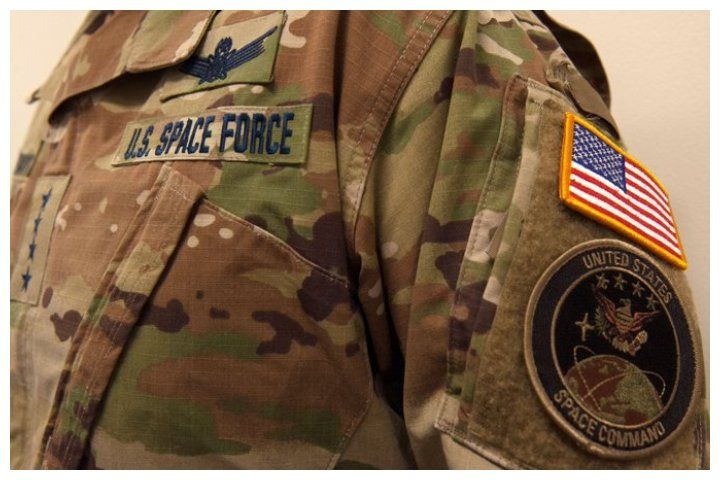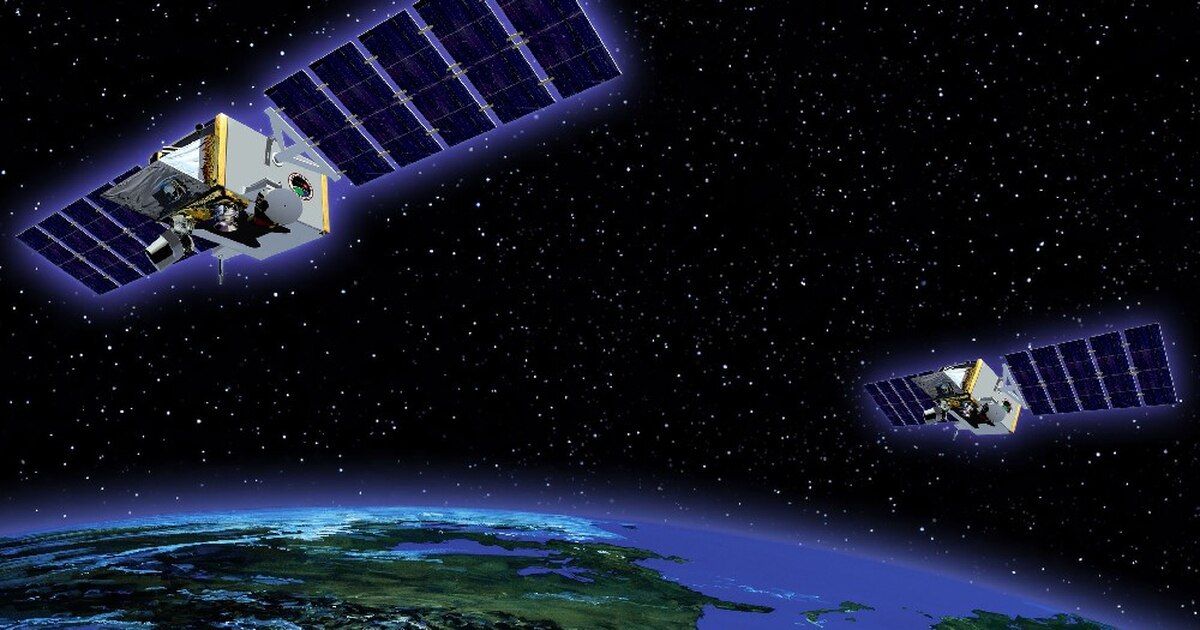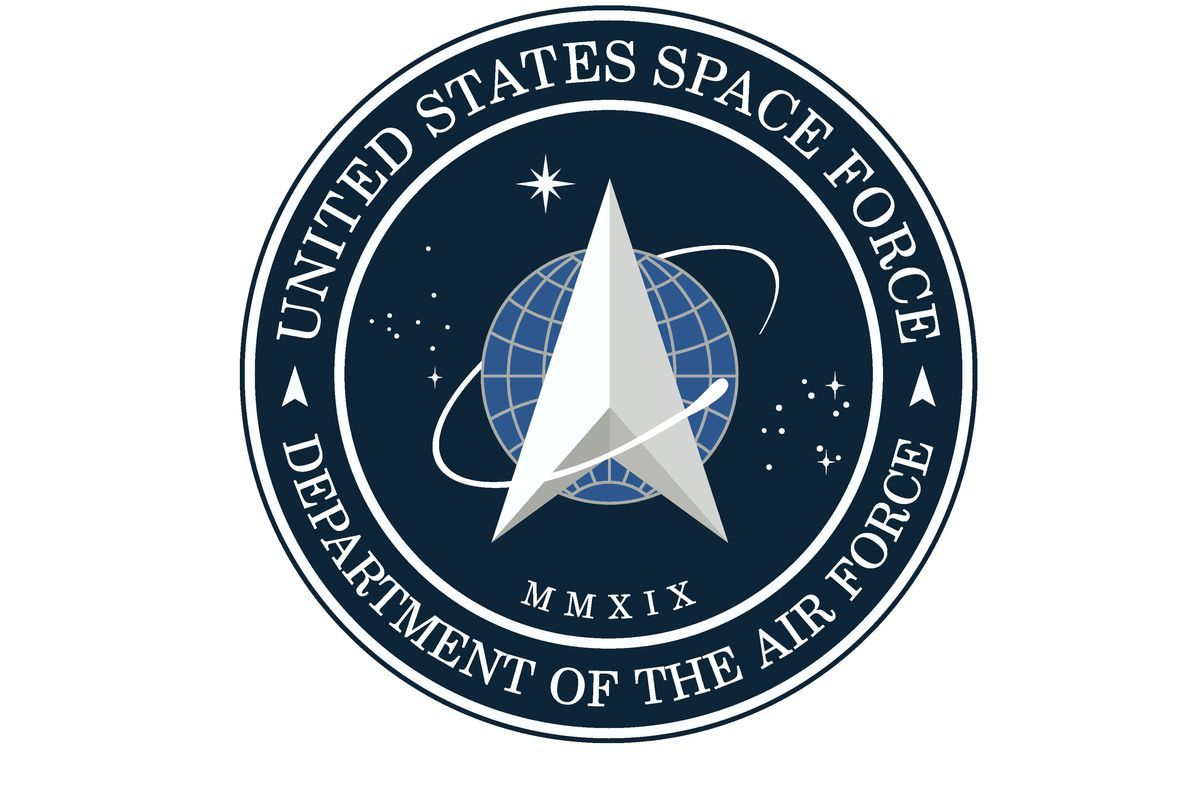Space Force is Now Part of the Joint Chiefs
Article by J. W. Sotak December 18, 2020 (sofrep.com)
• On December 18th, the Pentagon announced General John Raymond, Chief of Space Operations, will join the Joint Chiefs of Staff bringing the total war cabinet members to eight. General Raymond took his seat at the table of America’s most senior uniformed leaders on December 20th. “You’ve treated me like a member ever since [the law was signed],” General Raymond said during a ceremony at the Pentagon. “I can’t thank you enough. I can’t thank my teammates enough. It’s a real privilege to sit at this table.”
• The Joint Chiefs are the primary advisory body on all military matters, reporting to the President, Secretary of Defense, the Homeland Security Council, and the National Security Council. The incorporation of the Space Force underscores the new focus on space and cybersecurity, and suggests that it will be responsible for more than just monitoring satellites and overseeing scientific space missions.
• “This is an incredibly important organization for the United States military and for the United States as a country,” said General Mark Milley, Chairman of the Joint Chiefs. “We recognize [space] clearly as a warfighting domain. And we also know that we, the United States, we’ve got to maintain capabilities in that domain if we are going to continue to deter a great power war.”
• When the Joint Chiefs of Staff was created in 1942, it comprised the chairman and the chiefs of the Army, the Navy, and the Air Force. In 1978, the Commandant of the Marine Corps was added, followed by the chief of the National Guard Bureau in 2012.
• While the DoD reports that Space Force will to expand to roughly 20,000 servicemembers in the coming years, it would still be only half the size of the Coast Guard, with roughly 40,000 active-duty servicemembers. The Army, the largest branch, had over 450,000 active duty members and another 280,000 in the Reserves according to a 2019 report.
• Space Force is technically a Department of the Air Force. Space Force will rely on the Air Force for “more than 75 percent of its enabling functions” including “logistics, base operating support, civilian personnel management, business systems, IT support, and audit agencies,” allowing the military branch to remain agile, avoid duplicative staff roles, keep costs down, and concentrate on their missions.
• Skeptics and critics had relegated Space Force to President Trump’s pet project. But as the mission of the Space Force has begun to solidify, so has its credibility. As a Space Force video states: “When foreign powers can build bases on the dark side of the Moon, when private companies are inventing a new economy beyond our planet, we need to stay one step ahead of the future.”
• The addition of General Raymond to the Joint Chiefs, Space Force isn’t going anywhere anytime soon.

The Pentagon announced today that the Joint Chiefs of Staff has been expanded to include General John Raymond, Chief of Space Operations. This brings the war cabinet total to eight members. The decision to enlarge the group was signed into law earlier this year, and while General Raymond won’t be officially added to the roster of America’s most senior uniformed leaders until the one-year anniversary of the formation of Space Force on Sunday, December 20, he says he has already been received by his peers.

“You’ve treated me like a member ever since [the law was signed],” General Raymond said during the ceremony at the Pentagon. “I can’t thank you enough. I can’t thank my teammates enough. It’s a real privilege to sit at this table.”
The Joint Chiefs occupy a critical role in national security. They are the primary advisory body on all military matters and report to the president, secretary of defense, the Homeland Security Council, and the National Security Council. The incorporation of the Space Force underscores the new focus on space and cybersecurity. It suggests that the newest military branch will be responsible for more than just monitoring satellites and overseeing scientific space missions.
 “We recognize it clearly as a warfighting domain. And we also know that we, the United States, we’ve got to maintain capabilities in that domain if we are going to continue to deter a great power war,” Chairman of the Joint Chiefs General Mark Milley said during the induction ceremony.
“We recognize it clearly as a warfighting domain. And we also know that we, the United States, we’ve got to maintain capabilities in that domain if we are going to continue to deter a great power war,” Chairman of the Joint Chiefs General Mark Milley said during the induction ceremony.
“This is an incredibly important organization for the United States military and for the United States as a country,” he added.
At present, the Space Force is still relatively small. While the DoD reports that it is slated to expand to roughly 20,000 servicemembers in the coming years, even at that number it would be half the size of the Coast Guard, the smallest of the military branches with roughly 40,000 active-duty servicemembers. The Army, the largest branch, had over 450,000 active duty members and another 280,000 in the Reserves at last count according to a 2019 report.
FAIR USE NOTICE: This page contains copyrighted material the use of which has not been specifically authorized by the copyright owner. ExoNews.org distributes this material for the purpose of news reporting, educational research, comment and criticism, constituting Fair Use under 17 U.S.C § 107. Please contact the Editor at ExoNews with any copyright issue.






